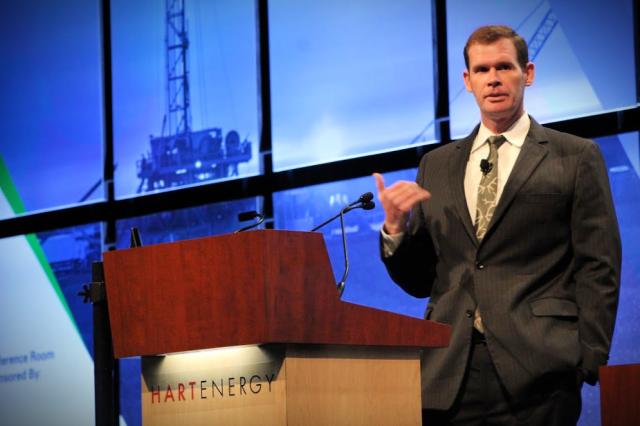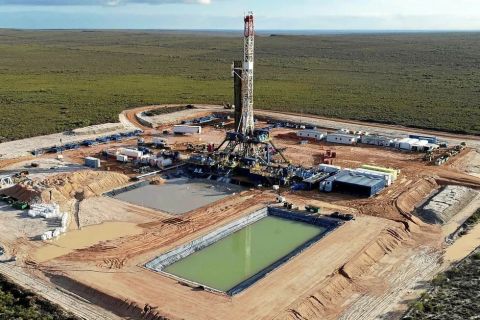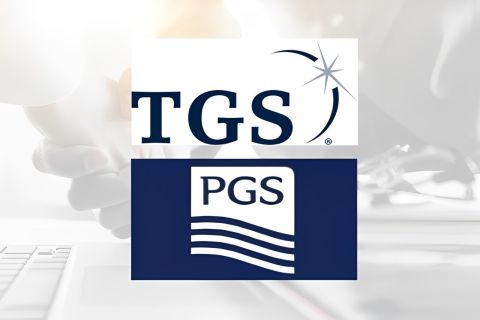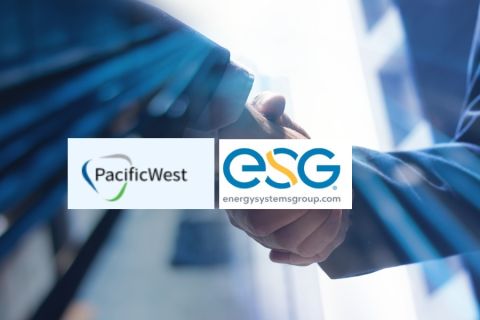
While independents are working through the pain, majors are growing their presence in the Permian Basin, said Reed Olmstead, IHS Markit director, at Hart Energy’s Executive Oil Conference in Midland, Texas, on Nov. 6. (Source: Emily Patsy/Hart Energy)
MIDLAND, TEXAS—U.S. oil producers have “changed their spots” from “filling up the box” with land and resource inventory to focusing now on developing it.
“Now the box is full,” Reed Olmstead, IHS Markit director of North American onshore research and business development, told attendees at Hart Energy’s Executive Oil Conference.
And investors have changed as well. “The generalist investors are running away,” Olmstead said. “The investment houses have lost their love for us.”
A colleague who analyzes securities told him “it seems almost like a bait and switch by investors: We built these companies to be ‘growth’ and, all of a sudden, we’re going to switch to be value-oriented companies.”
The independents are working through that pain now. Meanwhile, the majors are growing their presence in the Permian Basin.
“How are the majors going to change how this basin looks? Well, they matter a lot,” Olmstead said. “These guys are catching up to the independents.”
Well productivity continues to improve for Exxon Mobil Corp. subsidiary XTO Energy Inc. and for Chevron Corp., in particular. Staale Gjervik, president of XTO, presented earlier at the conference.
Olmstead said XTO’s footprint is fascinating. It and Chevron are “the companies that are really driving the basin from a majors’ perspective.”
And majors cruise along a different jet stream than independents.
“They don’t have to live within cash flow for U.S. production. They can take it internationally and bring it onshore,” Olmstead said.
Also, “they have a lower cost of capital when they borrow.” And being able to borrow at all is something elusive to many independents right now.
“Investors have a different objective for why they buy [majors’] stock.”
Going forward—based on the current list of operators and based on the current oil-price forecast—the majors will be material to Permian development, accounting for roughly 15% of basin production.
But “it will mainly be driven by the U.S. independents,” he said.
For them, “it’s about managing that resource” of inventory they’ve developed. “It’s a very different operating environment. So what do we see now? Death by a thousand wells. Do I have enough capital availability to fully develop this resource?”
EOG Resources Inc. announced last week two additional Permian benches to its inventory: Wolfcamp M and Third Bone Spring. Marathon Oil Corp. announced additions of Woodford and Meramec.
RELATED:
EOG Resources Adds Two Zones In Permian’s Delaware Basin
Marathon Oil Adds Eagle Ford Scale With $185 Million Bolt-On
A few months ago, The Wall Street Journal did a “three-week series of hit pieces on unconventionals,” saying U.S. producers were “going to run out of inventory,” Olmstead said.
But what he sees is that “we’re not running into an inventory problem, not in the Permian.”
Concerns there are above-ground. “We’ve got this problem. We’re not continuing to excite investors.”
In lieu, producers are going about “managing our resource base in the most efficient way possible.”
Meanwhile, every day, Permian operators have to replace 4 MMbbl/d to keep production flat.
“You can’t grow your production base as an industry until you replace 4 MMbbl/d. … That’s the hole you face on Jan. 1 of each year. How do we replace 4 MMbbl/d? And then we can grow production?”
Recommended Reading
Brett: Oil M&A Outlook is Strong, Even With Bifurcation in Valuations
2024-04-18 - Valuations across major basins are experiencing a very divergent bifurcation as value rushes back toward high-quality undeveloped properties.
Marketed: BKV Chelsea 214 Well Package in Marcellus Shale
2024-04-18 - BKV Chelsea has retained EnergyNet for the sale of a 214 non-operated well package in Bradford, Lycoming, Sullivan, Susquehanna, Tioga and Wyoming counties, Pennsylvania.
Triangle Energy, JV Set to Drill in North Perth Basin
2024-04-18 - The Booth-1 prospect is planned to be the first well in the joint venture’s —Triangle Energy, Strike Energy and New Zealand Oil and Gas — upcoming drilling campaign.
PGS, TGS Merger Clears Norwegian Authorities, UK Still Reviewing
2024-04-17 - Energy data companies PGS and TGS said their merger has received approval by Norwegian authorities and remains under review by the U.K. Competition Market Authority.
Energy Systems Group, PacificWest Solutions to Merge
2024-04-17 - Energy Systems Group and PacificWest Solutions are expanding their infrastructure and energy services offerings with the merger of the two companies.





